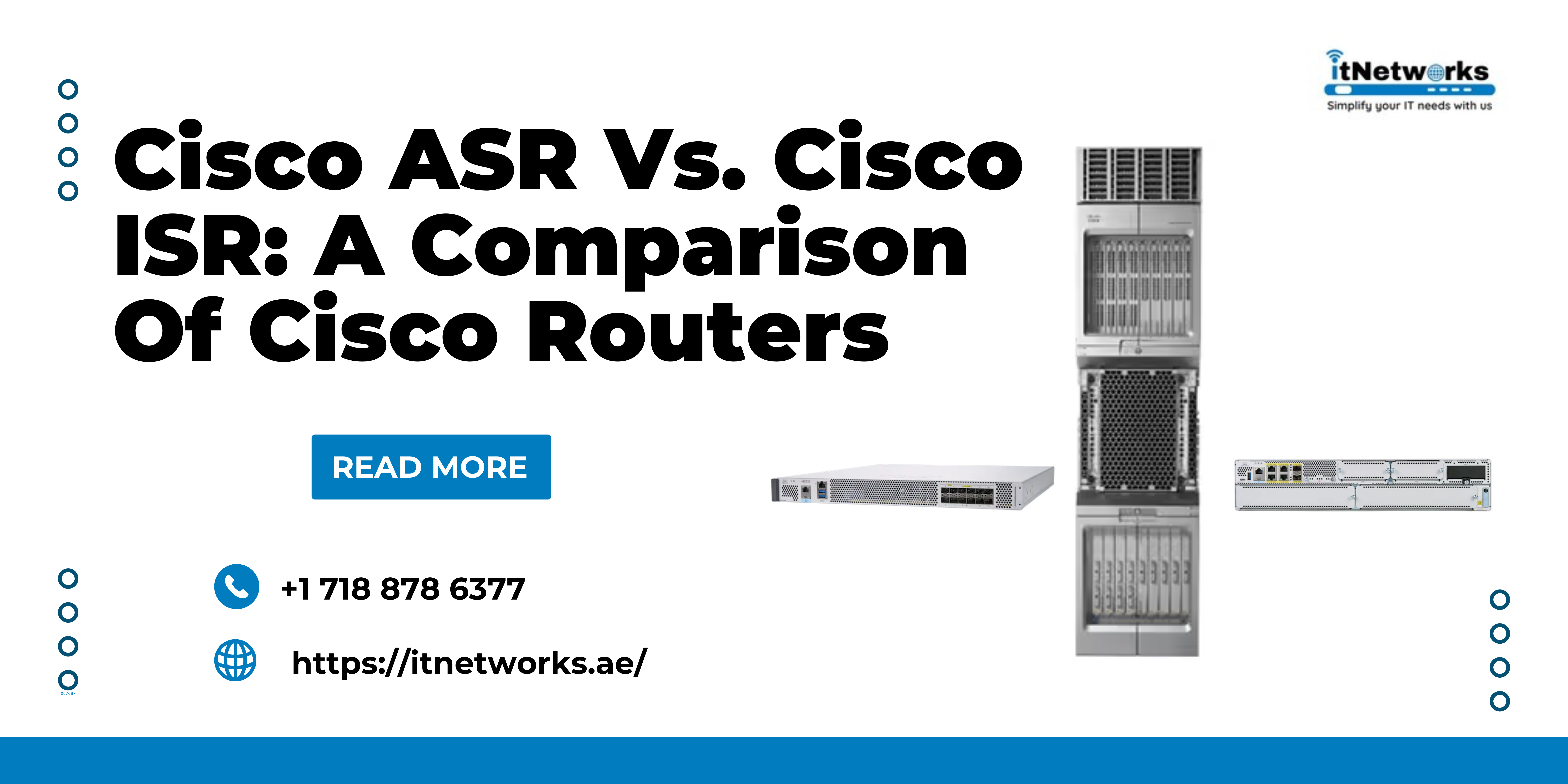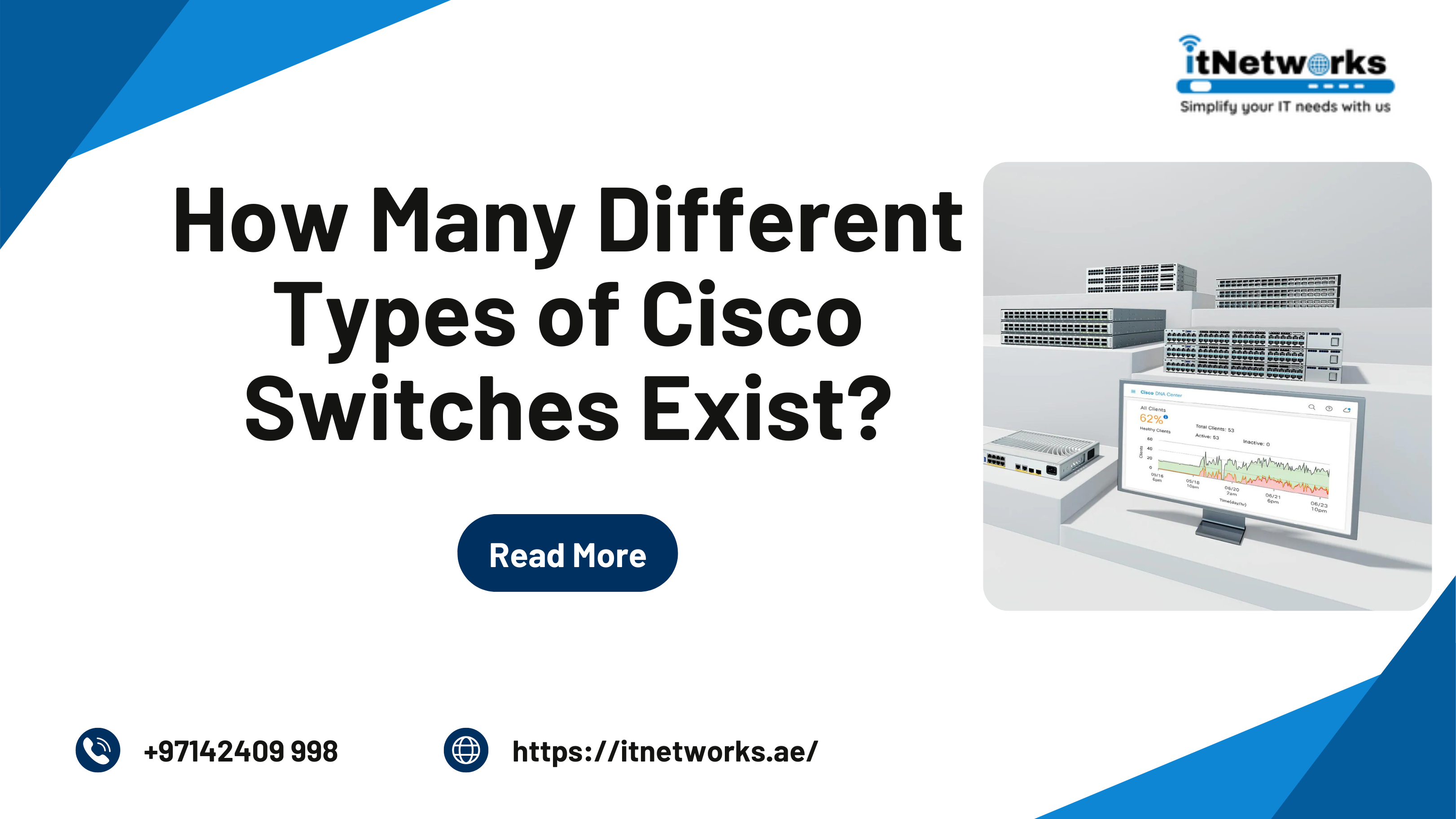The 5 Tips for Structured Cabling for Data and Voice
Data cabling, voice cabling, and Ethernet cabling are all the names that generally refer to structured cabling, in today’s time. However, it might be possible that all the cabling done for data and voice might not be structured and organized properly, and in that case, you cannot call it structured cabling. In this post, we will be focusing only on structured cabling. Thus, whatever term you will encounter in place of structured cabling, such as data cabling and voice cabling, you can assume that it is referring to structured cabling.
Before we give you any tips about structured cabling for data and voice, let’s get familiar with what exactly structured cabling is.
What is structured cabling?
Structured cabling is a complete system of cabling and associated equipment in a way that every cable is properly laid out in a particular way so that different cables don’t tangle with each other. It is properly organized and methodical so that the place where cabling and associated equipment are installed looks tidy, clean, and properly maintained. This is not the only benefit of structured cabling. Structured cabling also makes it easier to troubleshoot, identify cables, and resolve problems quickly. Besides, it also prevents accidental falls.
For structured cabling, you need the right cables installed in the right way to ensure seamless and fast data and voice transfer. In fact, a structured cabling system is the heart of a communication network that powers your systems and facilitates smooth communication. The same cables can be used to connect computers, wireless devices, telephone systems, security systems, copiers, scanners, and more.
What to Keep in Mind for Data and Voice Structured Cabling?
Here are useful tips to ensure that you are getting the best out of your structured cabling system:
- Understand different standards of cables
There are various standards for cables and it can be difficult to distinguish them. Since it is important to make the right choice for your network installation, you must understand different standards of cables.
CAT5: It is a successor to CAT3 cabling (which is now only used for telephone-grade connections). Due to the evolution in its design, CAT5 cabling was the first to offer 10/100Mbps speed at bandwidths of up to 100 MHz. That’s why it is also known as Fast Ethernet. While CAT3 and CAT5 are both becoming obsolete, you can still find CAT5 in many structured cabling systems.
Enhanced CAT5 (CAT5e): As the name suggests, Enhanced Category 5 cabling is the improved version of CAT5 and comes with various improvements. For instance, it can support up to 1Gbps of speed at distances up to 55 meters, up to 100 MHz of bandwidth, and adhere to more strict testing standards to reduce crosstalk. It is the most commonly used cable these days due to low production costs and greater speed and bandwidth support.
CAT6: It is a successor to CAT5 and can handle Gigabit Ethernet just like CAT5e. However, it comes with more tightly knit cables outfitted with foil or braided shielding. This shielding provides higher protection to the wires inside while minimizing crosstalk and noise interference. It can support up to 250MHz of bandwidth over distances of 55 meters.
There are also other standards such as CAT6a and CAT7. They are better suited for industrial environments and large enterprises, respectively.
- Choose the right cable for your infrastructure
Most users often get confused about whether to use CAT5e or CAT6. While many think that CAT6 is faster and thus, would be better, you must not forget that your network can be as fast as your slowest device in it. So, also consider how fast your devices are when choosing cables for your network infrastructure.
- Plan your structured cabling project properly
You can do planning either in the beginning or after deciding what type of cable you are going to use. Most companies don’t realize the fact that improper cabling can have a negative impact on the network.
Voice and data cabling is an extensive process and a big undertaking such as drilling, cutting cables, and attaching jacks. Cabling must be properly planned and done correctly. Otherwise, you can face interference issues and interference could arise from a light, kinked cable, radius that is bent too far, etc.
As the technology is evolving from CAT5e to CAT6, CAT6a, and further, making the right choice allows your business to reap more benefits.
While CAT6 and CAT6a are becoming the new standard, you must not ignore how fast cable your networking devices can handle. If you are ready to invest in new faster devices, CAT6 and CAT6a make a better choice. Otherwise, your best choice would be CAT5e.
- Invest sufficient money in the installation of structured cabling
When it comes to implementing a structured cabling system, remember that the quality and efficiency of your structured cabling will affect the data and voice quality. So, if you want your data and voice transfer efficiency and quality to be the best, you need to allocate a sufficient budget. It is a good structured cabling solution only if you are following the standards and requirements and ensuring that you have proper network equipment with desired capabilities to support the setup.
- Regularly test the entire infrastructure after structured cabling
To make sure that you are getting the best out of your network infrastructure is to do periodical testing of voice and data cabling. If you are relocating your company, it becomes even more critical to have your structured cabling inspected by experts and test it again.
When hiring structured cabling installers, make sure that they are certified and experienced and can provide you with an end-to-end solution. Most installers only connect the cables because testing them requires advanced and expensive equipment. No matter who you choose for structured cabling, make sure that you also get testing done.
Do you need structured cabling solutions for data and voice in the UAE? Please connect with IT Networks for your queries and further information via WhatsApp at +971585811786.





